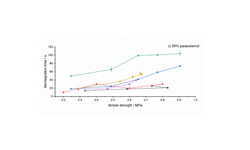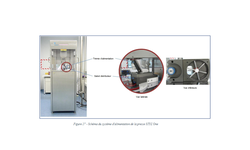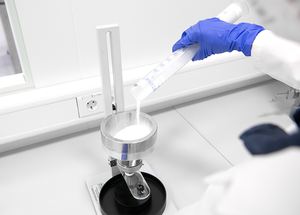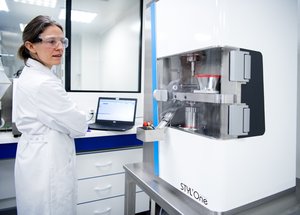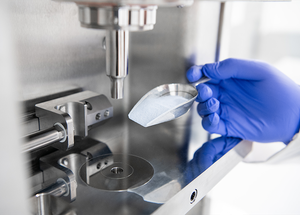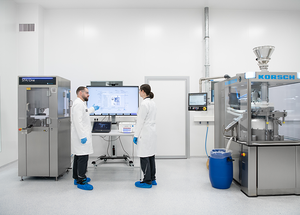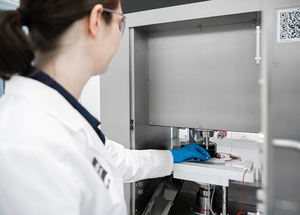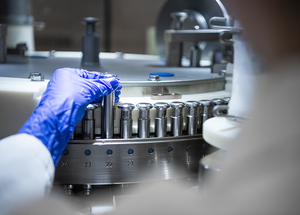Scientific papers
In an effort to reduce the dosage, anticipated side effects, and production costs of glibenclamide (GLC), a potent oral hypoglycemic drug, the study aimed to enhance dissolution and, consequently, oral bioavailability. Adsorption and co-adsorption techniques utilizing carriers with a large surface area and surface-active agents were employed to improve drug dissolution. Langmuir adsorption isotherms were constructed to determine the type and mechanism of adsorption. The optimized formulation, exhibiting the highest in vitro release, was compressed into mini-tablets for easier administration to elderly patients and those with swallowing difficulties. The produced mini-tablets underwent testing for mechanical strength and in vitro release patterns. Pharmacodynamic and pharmacokinetic studies in New Zealand rabbits were conducted using the optimized mini-tablet formulation. Mini-tablets containing GLC co-adsorbed with Pluronic F-68 and Laponite RD demonstrated a release of 100 ± 1.88% of GLC after 20 minutes. Pharmacodynamic studies revealed significantly higher (p ≤ 0.05) hypoglycemic effects with the optimized mini-tablets at a lower GLC dose compared to mini-tablets containing the commercial GLC dose. Furthermore, pharmacokinetic analysis showed significantly higher (p ≤ 0.05) AUC, Cmax, and shorter Tmax. The optimized mini-tablet formulation exhibited a 1.5-fold enhancement of oral bioavailability compared to mini-tablets containing untreated GLC. In conclusion, the co-adsorption technique successfully improved the oral bioavailability of GLC, and the produced mini-tablets demonstrated higher oral bioavailability with a lower GLC dose, offering economic benefits for the industry and improved acceptability for patients.
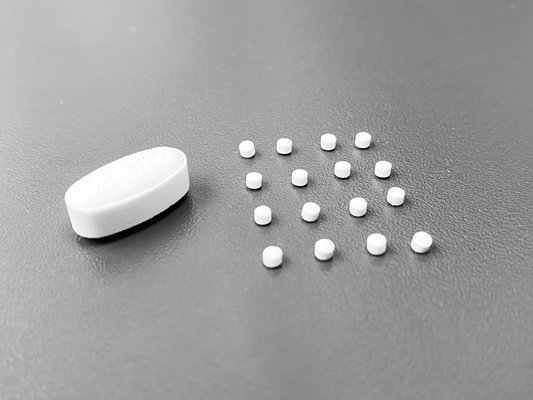
Comments
No comments posted yet.
Add a comment

